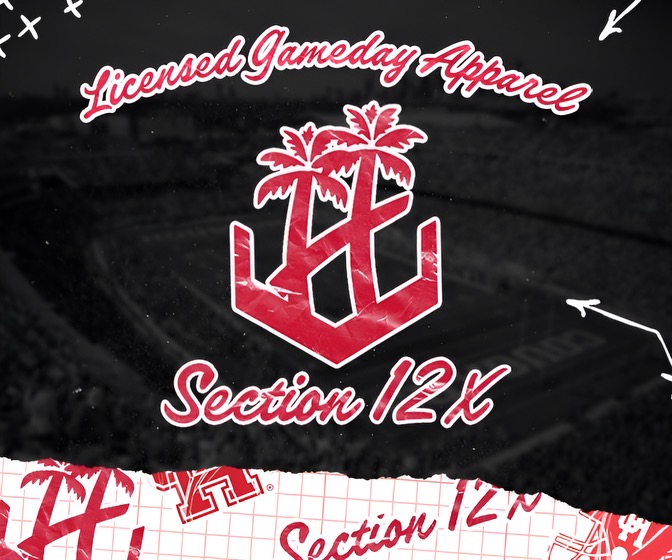The college baseball season gets underway Friday. The NCAA has instituted some new rules for this season – some of which could be controversial. Lets take a look at some of the more important changes.
Pace of Play Rules
College baseball has been addressing “pace of play” issues for several years. These new rules should help:
Old Rule: Time between innings is 90 seconds for untelevised games and 108 seconds for TV games. The old clock started when the last fielder crossed the base path.
New Rule: There’s now a universal “shot clock” of 120 seconds between innings. The clock will start the second the last out is made at the end of the frame.
Towns’ Take: Simplified is better. I like it.
Old Rule: To intentionally walk someone, a pitcher needed to throw 4 balls. Hitters could step out of the box and lots of time was wasted.
New Rule: Coaches can signal to the home plate umpire that he wants an intentional walk. The batter immediately takes the base.
Towns’ Take: This is my favorite rule change because it eliminates a chance for pitchers like me to hit the backstop with a pitch-out in this situation. Really, there aren’t too many intentional walks in a game but this change helps eliminate a useless time waster.
Old Rule: A coach could visit the mound 3 times in a game without pulling a pitcher (known as a defensive conference). There was no limit on the number of times a catcher or infielder could go to the mound.
New Rule: There is a limit of 6 defensive conferences per game with only 3 for coaches. Defensive conferences now include conferences initiated by a player, meaning a catcher or infielder can only go to the mound 3 times a game (beyond the coaches visits).
Towns’ Take: The ACC and SEC are the reason for this rule. They allow headsets and ear pieces for the pitching coach and catcher. The catcher could then go to the mound with advice from the pitching coach, basically giving them unlimited conferences.
Old Rule: During a defensive conference, runners or batters could leave their position to talk to the third base coach without using one of the 3 offensive conferences allowed.
New Rule: If an offensive player leaves his position during a defensive conference then an offensive conference is charged.
Towns’ Take: I’m good with this. All of these rules seem reasonable to me and should shave a couple of minutes off each game.
Other Changes
Old Rule: The pitcher can fake a throw to third then throw to first.
New Rule: The ol’ 3-1 move is dead. If you step to 3rd, you have to throw it to 3rd.
Towns’ Take: This year when fans see this happen, yelling “BALK” will actually be the right call. And pitchers rejoice – this rule removes a mind numbing drill from the practice fields.
Old Rule: If a batter leans into a pitch and gets hit, the umpire can keep him in the box. No HBP.
New Rule: If the umpire rules that a batter leans in, he doesn’t get first base and is penalized with a strike on the pitch.
Towns’ Take: I understand where they are coming from on this but I don’t like it. I don’t want more umpire judgment calls having an impact on a game – especially in big situations.
Old rule: if a batter unintentionally hits the catcher or the ball during the backswing, and the ball is caught by the catcher, it is a strike and the ball is dead.
New Rule: If the batter unintentionally hits the catcher or the ball, the pitch is a strike and the ball is dead – whether the catcher caught it or not.
Old Rule: Catchers cannot block the plate without the ball.
New Rule: No player can block a base without the ball.
Towns’ Take: The rationale behind this is to simplify the rules and make it uniform to all bases. I understand the rule at home plate because it was implemented to eliminate plowing the catcher. The old standard was for the catcher to square up in front of the plate and the runner had to decide to slide or put him in the backstop.
Reducing collisions is probably a good thing although old school me says if you don’t want to get hit by the train, get off the tracks. I am not sure I like this expanding to all bases though. Sometimes it is clear cut that a guy is blocking the base. Most times it is a player trying to field a throw and the foot or knee gets in the way. Home plate was 100% intent, other bases aren’t.
Video Replay
Video replay has still not come to the American but will come into play in the postseason. There were 6 plays that were allowed for review and that has expanded to 6 more. Previously you could review:
- fair or foul balls,
- home runs,
- catch or no catch,
- fan interference, and scoring plays at home plate.
The NCAA has expanded video replay to include:
- force/tag plays at any base,
- batters hit by pitch,
- double play interference,
- determining whether a runner touched a base,
- runners tagging up, and
- umpire placement of runners after a boundary call.
On it’s face, these are all great additions. You want to calls to be right. In addition, a coach can now challenge any of those calls twice during a game.
But the NCAA botched replay by declaring that the 6 old rules are reviewable by the crew chief at any time while the new 6 can only be reviewed during the last 2 innings and in extra innings. Umm, what?
That doesn’t make any sense. If the crew chief and knows he blew a call, then it doesn’t matter what inning it is. Scoring in the first inning has the same impact it does in the 9th. A run is a run.
In practice, this will force coaches to challenge calls earlier in the game and push umpires to review it later in the game.
All in all, these changes and additions are solid and can make things a little better. Pace of play should increase and uniform application of rules should make things easier on umpires…..during the regular season. But, I can see a mess of unintended consequences popping up and faster regular season games will give way to much slower regional games. I am interested to see how things play out.
[wp-review]
Subscription Special: $30 OFF THE 1ST YEAR
Subscribe to GoCoogs.com to gain access to our premium HOUSTON COUGAR analysis and our subscriber-only forum, The Veer. Right now, you can get a subscription to GoCoogs for just $49.99 for the first year – that’s $30 off our regular price!
1 Year Subscription – $49.99
See Subscription Benefits
*After the first year, your subscription renews at the regular price of $79.99.



